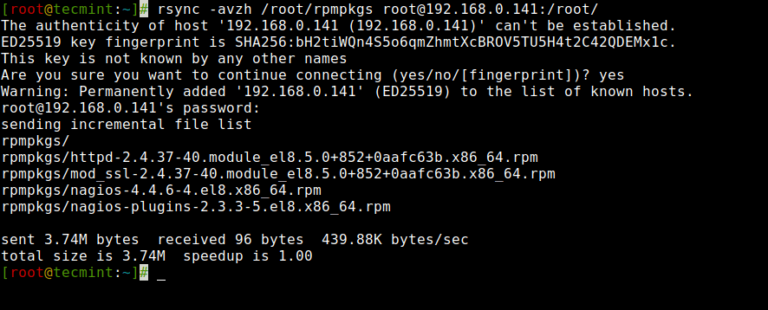

You have to boot from mint installation media and manually fix fstab. Net result - it won't boot cos the UUIDs are all wrong. Gparted is my friendĪlso I've tried that timeshift route and it doesn't work, one reason being that it will overwrite your new fstab with the old one from the timeshift snapshot. You also have to make sure that all the partitions are at the front of the source drive and all the unallocated space at the end. The second was more convoluted 240G SSD > 320G HDD, put in laptop to boot and delete a load of stuff, then shrink > 120G SSD. One 500G HDD to 240G SSD, second 240G SSD to 120G SSD. In both cases I shrank the partitions on the source drives to make sure they would fit on the destination. I used it twice, first to clone an HDD with win10 and lubuntu on it to an SSD, and second to clone ssd in another laptop running LM19.0 onto an SSD in yet another laptop.

Preserve: time, owner, permissions, groupsīut does it manage Ext4 partitions while running in Windows? Now I have formatted the destination drive gain and it is ready for the cloning. How should I set Grsysnc to clone correctly the system, without the files from the other drives present in the system? (sdx was the correct drive, and I mounted it, by clicking on it in Nemo)

I run this command from a live USB: "sudo grub-install -boot-directory=/mnt/boot /dev/sdX".

In the source installation, the home directory is located in a separate partition (on the same disk of the root drive).Īs first I have to clone the installation to another drive, already partitioned ( it is smaller than the source drive), and then move the home directory into the root partition, in the cloned installation.ġ) In Grsync I have selected the advanced options "copy symlinks as symlinks" and "copy hardlinks as hardlinks", which should copy only the links to media files/devices, and not all the physical files.īut I see it starts to copy all the GB of files from the media drives, then I have stop the process.Ģ) I have tried to install grub in the destination drive, to make it bootable (all the system files in / seemed to have been already copied), but I get an error, as if it could not find the drive. You can see the copied data in the destination folder.I am trying to clone my Linux installation using Grsync, following some instructions found also here, but they don't work as expected. Now all data is synchronized successfully. Now open Grsync and set the Source and Destination folders.īefore we start synchronizing we can check what are the files will be copied in the destination folder by clicking the blue icon on top right.Īfter verifying the files we can start the sync process by clicking the gear icon on top right. I created two folders in my desktop assuming Data is where I keep my data locally and Backup for backing up data from Data folder. I’m using Grsync in Ubuntu 11.10 and It’ll work on all other versions and distros.įirst open Ubuntu Software Center, search for Grsync and Install it. which is a simple GUI for powerful rsync program. There are many tools for automatically sync the changed files and keep local and backup synchronized. While having a backup storage it’s difficult to check and transfer only the files we’ve changed. Backing up data is one of the method to keep it secure. Many people care about their important data after they vanished or destroyed in some cases. Posted By Irfad - NovemUbuntu Guide for Backup and Sync Files With Grsync


 0 kommentar(er)
0 kommentar(er)
